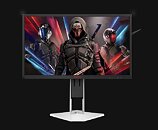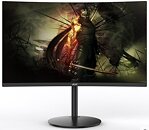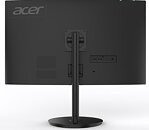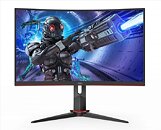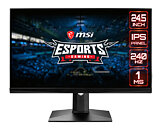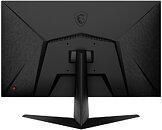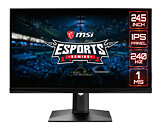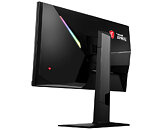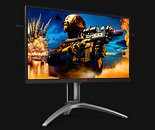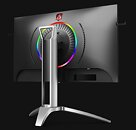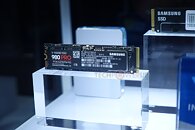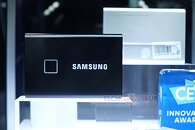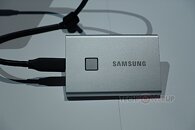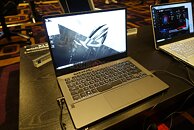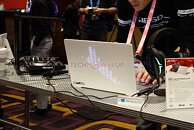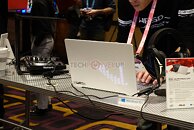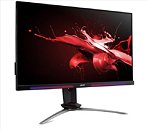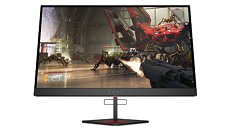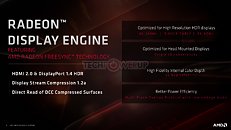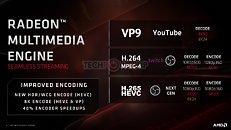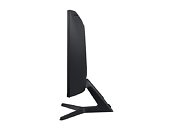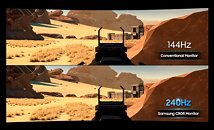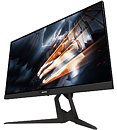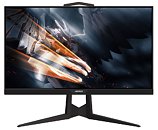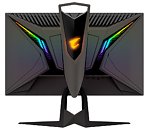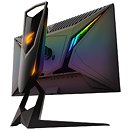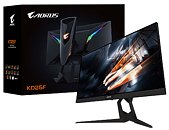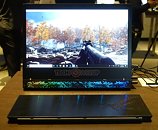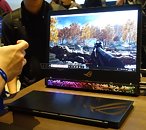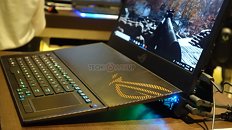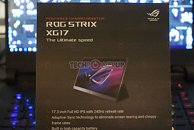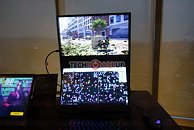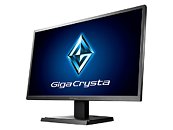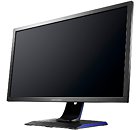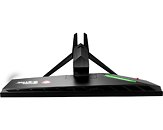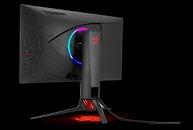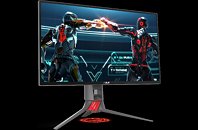
AOC Announces the AGON AG273QXP and AG251FZ2E Monitors
AOC today announced two new monitors for its high-performance AGON branding. The AOC AGON AG273QXP is a 27", Nano IPS affair with its 1440p resolution pixels ticking at a 165 Hz refresh rate (and 1 ms response time,s no less). FreeSync Premium is in the cards, with the 16:9 panel offering a very impressive 133% sRGB and 98% of both AdobeRGB and DCI-P3 gamut coverage. Brigthness is set at a typical 350 cd/m², which means only HDR support (and not HDR display). The stand offers pivot, rotation, swivel and tilt adjustments, and boasts of a 75 mm VESA mount support. The back of the monitor features RGB ambient lighting, and I/O-wise, we're looking at 2x DisplayPort 1.4, 2x HDMI 2.0, a USB-hub with 2x USB 3.2 ports, 1x 3.5 mm headphone jack and no speakers. The AOC AGON AG273QXP will retail for 489€.
The second monitor is the AOC AGON AG251FZ2E. It sports a 24,5" TN panel with 1080p resolution, running at a 240 Hz refresh rate. The typical 1 ms response time can be further reduced to 0.5 ms due to black frame insertion and strobe lighting. brightness is slightly higher at 400 cd/m², though there is, again, no HDR display (and not even support, if specs are correct). Color coverage on the TN panel is objectively and expectedly worse than that of the Nano IPS entrant to the AGON brand, with only 102% sRGB/BT.709 coverage for the AGON AG251FZ2E. I/O is ensured by 2x DisplayPort 1.2, 1x HDMI 2.0, 1x HDMI 1.4, 1x DVI, 1x VGA, 1x 3.5 mm, and a USB hub of 4x USB 3.0 ports. Pivot, rotation, swivel and tilt adjustments are available for the stand (the one with a single base plate in the pictures below), as is a 100 mm VESA mount support. The AOC AGON AG251FZ2E will retail for €409.
The second monitor is the AOC AGON AG251FZ2E. It sports a 24,5" TN panel with 1080p resolution, running at a 240 Hz refresh rate. The typical 1 ms response time can be further reduced to 0.5 ms due to black frame insertion and strobe lighting. brightness is slightly higher at 400 cd/m², though there is, again, no HDR display (and not even support, if specs are correct). Color coverage on the TN panel is objectively and expectedly worse than that of the Nano IPS entrant to the AGON brand, with only 102% sRGB/BT.709 coverage for the AGON AG251FZ2E. I/O is ensured by 2x DisplayPort 1.2, 1x HDMI 2.0, 1x HDMI 1.4, 1x DVI, 1x VGA, 1x 3.5 mm, and a USB hub of 4x USB 3.0 ports. Pivot, rotation, swivel and tilt adjustments are available for the stand (the one with a single base plate in the pictures below), as is a 100 mm VESA mount support. The AOC AGON AG251FZ2E will retail for €409.



